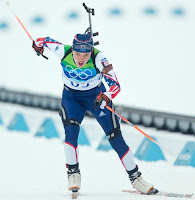 An Olympic Badminton Racket has approximately 25 strings in total. When these strings intersect they form squares. This means that there is approximately 250 squares on the racket. Take what you know about right angles to figure out how many right angles there are on an entire badminton racket.
An Olympic Badminton Racket has approximately 25 strings in total. When these strings intersect they form squares. This means that there is approximately 250 squares on the racket. Take what you know about right angles to figure out how many right angles there are on an entire badminton racket.hint a right angle=90 degrees.





















